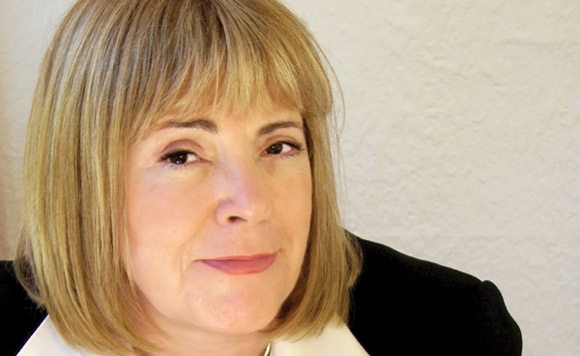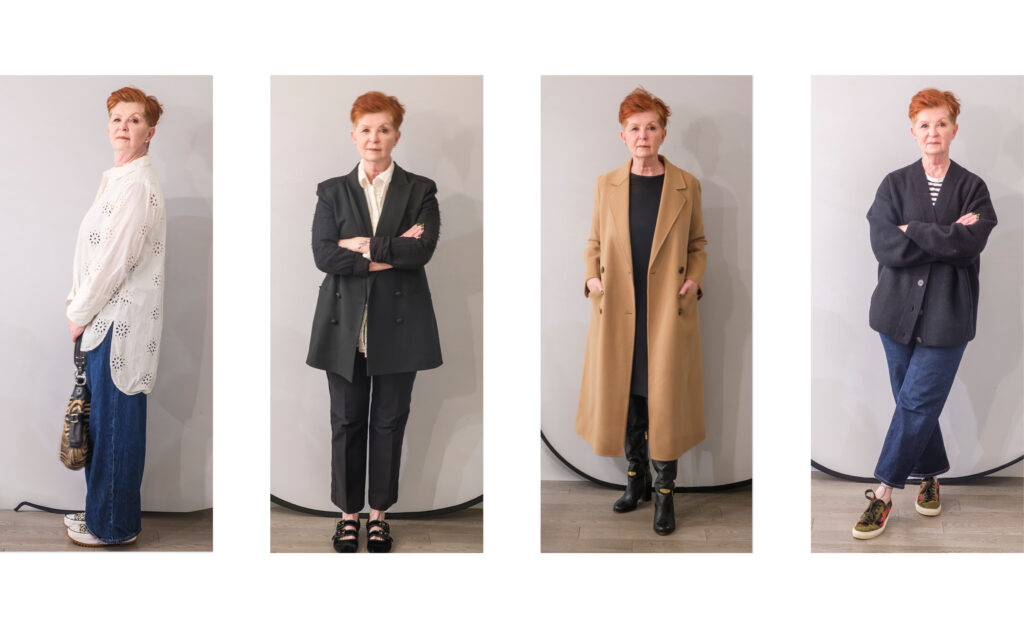In Montmartre: Picasso, Matisse and the Birth of Modernist Art by Sue Roe
reviewed by Virginia Watson-Rouslin –
In the seedy bars and cafés, the hovels where small tradesmen, whores with painted faces, clowns and petty criminals lived, came an amazing band of artists who would become the legendary creators of the Modernist movement. In 1900, they arrived from Italy, Spain and France, moving to the unprepossessing neighbourhood of Montmartre, a large hill in Paris’ 18th district. The major figures were Pablo Picasso, Georges Braque, Maurice de Vlaminck, Amadeo Modigliani – and Henri Matisse. Matisse and Picasso would become fierce competitors and this is at the heart of Sue Roe’s tale.
In her hands, their intersecting stories are told with the expertise of a seasoned art dealer with an eye for a good story. The Modernists’ goal was to create something startlingly different from the Impressionists. Matisse was one of the first to move from the Impressionists’ “natural palette” in favour of brilliant colours and the need to explore a subjective interpretation of what he was painting. Eventually, this became the standard for all the Modernists, no matter how else they differed.
Then, as now, the artists needed good reviews, publicity and funding. Picasso’s first attempts to have his work shown were fruitless. Then art dealer Ambroise Vollard agreed to show a few – though he dismissed Boy Leading a Horse, now valued at approximately $200 million, as “worthless.” Helping matters greatly were the American Stein family – writer Gertrude and brothers Leo and Michael, residents of Paris and early and enthusiastic buyers of both Picasso and Matisse’s works.
Matisse thought they were as different from one another as the North Pole is from the South. Soon, it became “a two-man race,” according to Leo Stein. Customary as it was for artists to exchange paintings, Picasso used Matisse’s as a dart board. Matisse’s nudes in an Arcadian setting, La Joie de vivre exhibited in 1906 was a sensation; when Picasso unveiled his nudes in Les Demoiselles d’Avignon, Matisse saw these cavorting prostitutes as a personal attack. But by 1913 both men were designing sets for ballet impresario Serge Diaghilev. They would always be rivals, but in succeeding years, their regard for each other steadily grew. And Matisse gave Picasso 11 of his paintings.
New Releases – Available at Tanner’s Books
Homegoing by Yaa Gyasi (hardcover fiction)
Barkskins by Annie Proulx (hardcover fiction)
The Crow Girl by Erik Axl Sunday (hardcover fiction)
Barbarian Days: A Surfing Life by William Finnegan (pb non-fiction)
Irrepressible: The Jazz Age Life Of Henrietta Bingham
by Emily Bingham (pb non-fiction)
The Umbrian Thursday Night Supper Club by Marlena De Blasi (pb nf)




